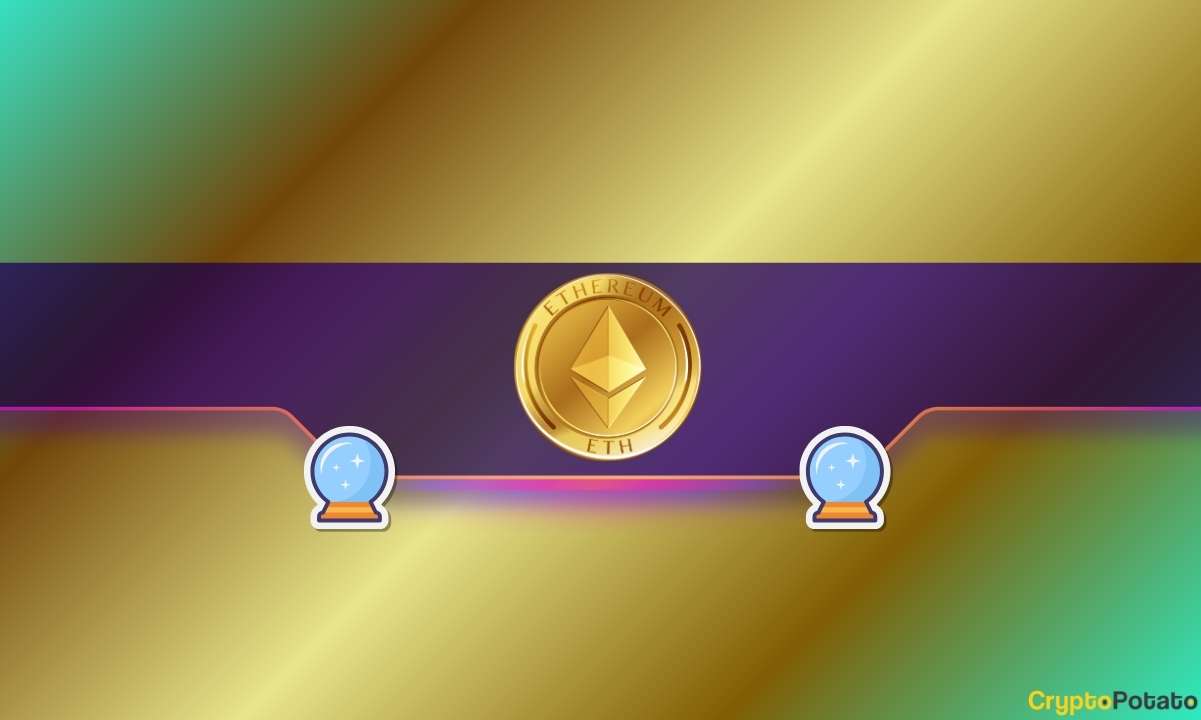In brief
- The integration aims to streamline swaps–crypto-to-crypto trades that bypass centralized platforms–and other DeFi processes within Porto’s dashboard.
- In an announcement,Anchorage noted the “delicate balance” for institutions interconnecting with DeFi to manage dapps.
- In July, Jupiter announced the introduction of a new lending product.
Anchorage Digital said on Tuesday it will add Solana swap and liquidity aggregator Jupiter to Porto, its institutional self-custody wallet, as the crypto bank expands services for traditional finance clients engaging with DeFi.
The integration is intended to simplify crypto-to-crypto swaps and other DeFi processes within Porto’s dashboard, reducing reliance on external applications, while also improving Solana liquidity by cutting trade slippage, or the gap between expected and executed prices.
“We believe that true institutional adoption of DeFi requires foundational infrastructure that meets the highest standards of security and compliance,” Nathan McCauley, Anchorage’s CEO and co-founder, said in a statement. “Our native integration with Jupiter is a critical step in building that foundation on Solana.”
New York-based Anchorage said institutions face a “delicate balance” in managing decentralized applications and third-party risks, adding that Jupiter users also face hurdles in securely accessing the platform through an institutional interface.
The initiative comes as interest in Solana has risen among institutional investors, part of a wider surge fueled by a friendlier regulatory and political environment for crypto in the U.S.
Last week, investments into Solana exchange-traded products generated nearly $300 million, the most among products tracking major altcoins, including Bitcoin and Ethereum, according to crypto-focused investment firm CoinShares.
Those Solana ETPs have accounted for almost $1.9 billion in inflows year-to-date, more than any other digital asset except for Bitcoin and Ethereum.
In addition, a slew of Solana-focused ETFs from TradFi giants Fidelity, VanEck, and Franklin Templeton are likely to follow soon on U.S. exchanges, possibly this week, with expected Securities and Exchange Commission approvals.
Anchorage has been riding tailwinds over the past year. In late August, the U.S. Office of the Comptroller of the Currency announced that it had terminated a cease-and-desist consent order against Anchorage, citing the bank’s “safety and soundness.”
That followed a month after the bank and Ethena Labs announced a partnership to debut the synthetic dollar protocol’s $1.8 billion USDtb stablecoin using Anchorage’s stablecoin issuance platform.
In December, Anchorage received a difficult-to-secure BitLicense in New York, enabling the company to serve institutions in the world’s financial capital. It introduced its Porto wallet earlier in 2024.
Jupiter, a leading DEX aggregator on Solana, has, meanwhile, ratcheted up its offerings to address investor demand, announcing in July that it would introduce a new lending product later this summer.
CORRECTION (September 30, 2025, 10:28 a.m.): Anchorage is New York-based. A previous version said the company was based in San Francisco.
Daily Debrief Newsletter
Start every day with the top news stories right now, plus original features, a podcast, videos and more.
Source: https://decrypt.co/341791/anchorage-digital-include-jupiter-institutional-self-custody-wallet



